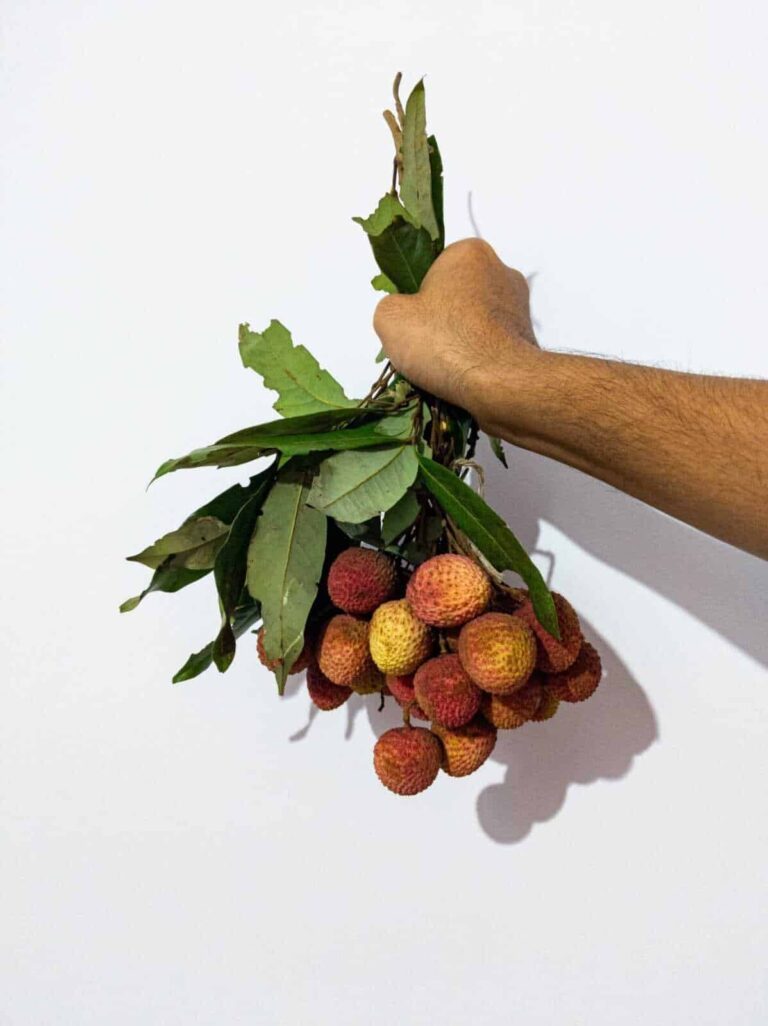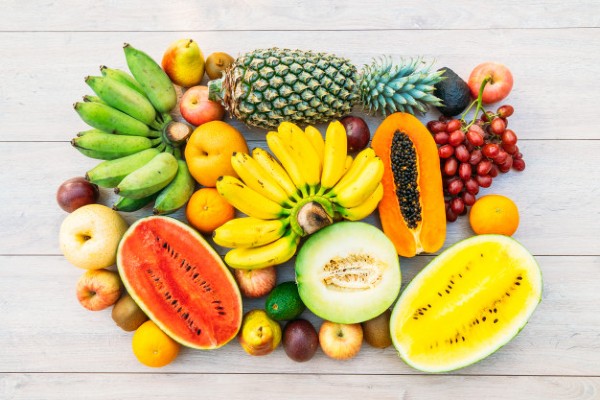Bromeliad Pineapple: A Guide to Growing and Enjoying
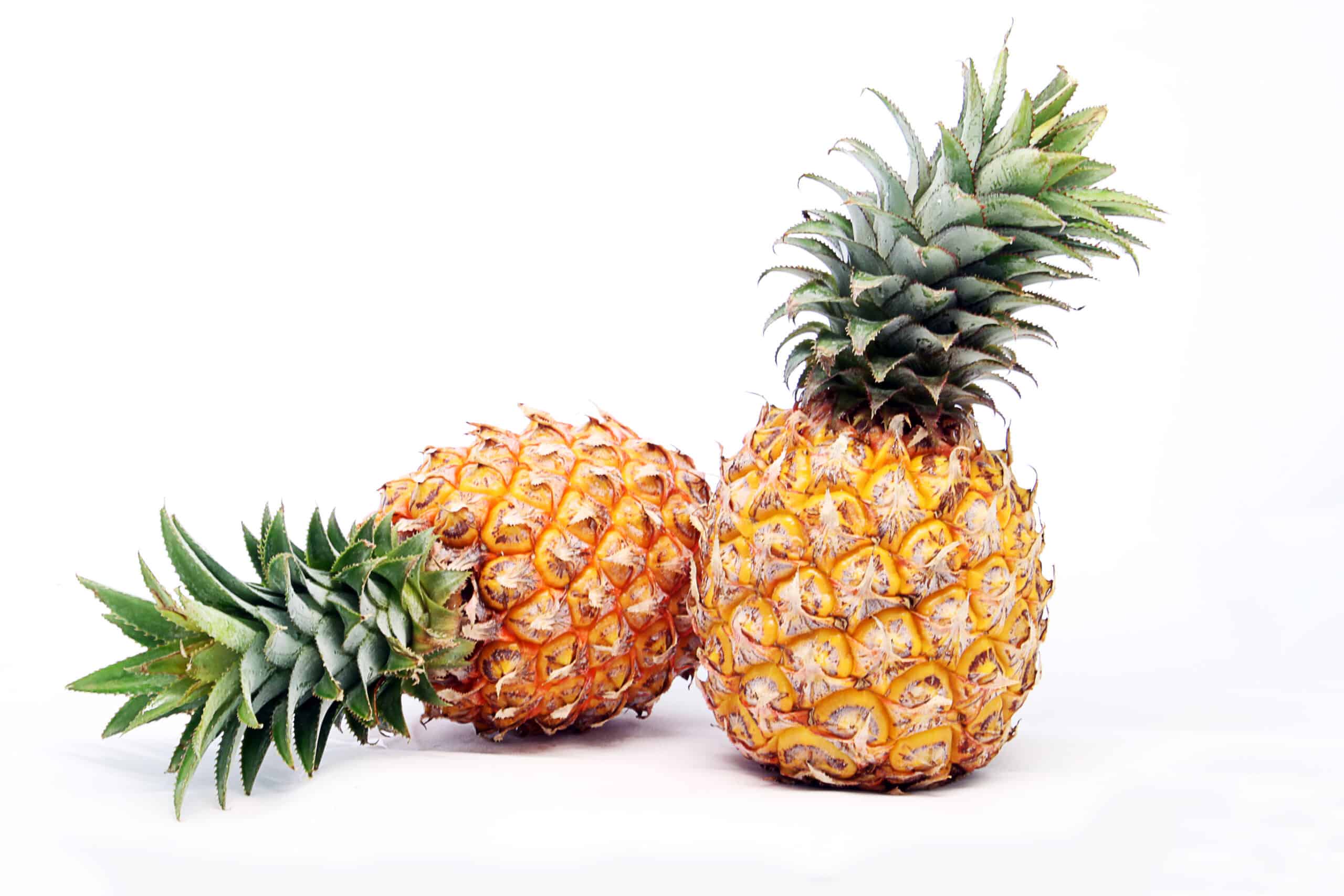
Ananas comosus var. comosus, generally known as the bromeliad pineapple, is a tropical fruit that is widely cultivated for its sweet and juicy flesh. This plant is indigenous to South America and is a member of the Bromeliaceae family. The Pineapple has gained popularity as a decorative element in many gardens and homes thanks to its distinctive appearance and mouthwatering flavor. All you need to know about growing and enjoying pineapple is covered in this article.
Bromeliad pineapple
The tropical fruit of the bromeliad pineapple houseplant kind is a South American native. It is frequently cultivated for its juicy, sweet flesh, which is utilized in a variety of culinary preparations. The fruit’s distinctive look includes a spiky crown and rough, scaly skin.
Pineapple Varieties
The three primary kinds of pineapple are as follows:
Mellow Cayenne
The most prevalent variety of bromeliad pineapple sizes is smooth cayenne. It has juicy, fibrous meat and a sweet-tangy flavor. Cayenne smooth is frequently used to make juice and can goods.
Queen
The Pineapple variation known as Queen is smaller and has a sweeter, more delicate flavor than Smooth Cayenne. It is frequently used in cocktails and sweets.
Abacaxi
Brazil is home to a variety of pineapples known as abacaxi. Its flesh is luscious and sweet with a little tangy flavor. Abacaxi is frequently used as a pizza topping and in salads.
Bromeliad Pineapple Planting
As long as you give the pineapple the proper growing circumstances, it’s a rather simple plant to grow. Here are some pointers for increasing pineapple bromeliads:
Requirements for soil
The bromeliad pineapple fully grown prefers organically dense, well-draining soil. The ideal pH range for the soil is between 4.5 and 6.0.
Pineapple needs to be watered regularly, but it must not be overwatered.
Prerequisites for light
For the pineapple to develop, bright, indirect light is necessary. Although some direct sunshine is tolerated, too much can harm the plant.
Temperature specifications
The ideal temperature range for pineapple bromeliad benefits is between 65 and 85 degrees Fahrenheit (ca. 29 °C). That is crucial.
Fertilizing
Bromeliad Every two to three months, fertilize the pineapple with a balanced fertilizer. The plant shouldn’t be fertilized over the winter.
Growing Pineapples
You can grow Bromeliad Pineapples by suckers or crown division.
Crown Department
Wait until the plant has developed a fruit before cutting off the fruit and the top of the stem to reproduce through crown division. Remove the stem’s lower leaves, also keeping the top part with the crown. Keep the crown moist and plant it in a pot with well-draining soil. The crown will start to sprout roots after a few months, and a new plant will start to emerge.
Suckers
Little plants called suckers sprout at the parent plant’s base. When removing the suckers from the parent plant, wait until they are about 6 inches tall. The suckers should be planted in a pot with well-draining soil and kept moist. The suckers will start to form roots and develop into new plants in a few months.
Care Instructions for Bromeliad Pineapple
After learning how to grow pineapple, it’s crucial to know how to take care of it to keep it healthy and produce fruit.
- Watering: Bromeliad Once a week, or whenever the top inch of soil feels dry, pineapple plants need to be deeply watered. To avoid root rot, avoid under watering.
- Light: Pineapple prefers direct, strong lighting. Put it close to a window that gets a lot of light, but keep it away from direct sunlight because it can burn the leaves.
- Fertilizer and Soil: The pineapple prefers somewhat acidic, well-draining soil. You can either use a ready-made Bromeliad potting mix or make your own by mixing equal amounts of peat moss, perlite, and coarse sand.
Getting a Pineapple and Loving It
When to Harvest Bromeliad Pineapple, The fruit of the plant should be fully grown and have turned yellow before being harvested. The fruit ought to smell pleasant and feel firm to the touch.
How to Gather
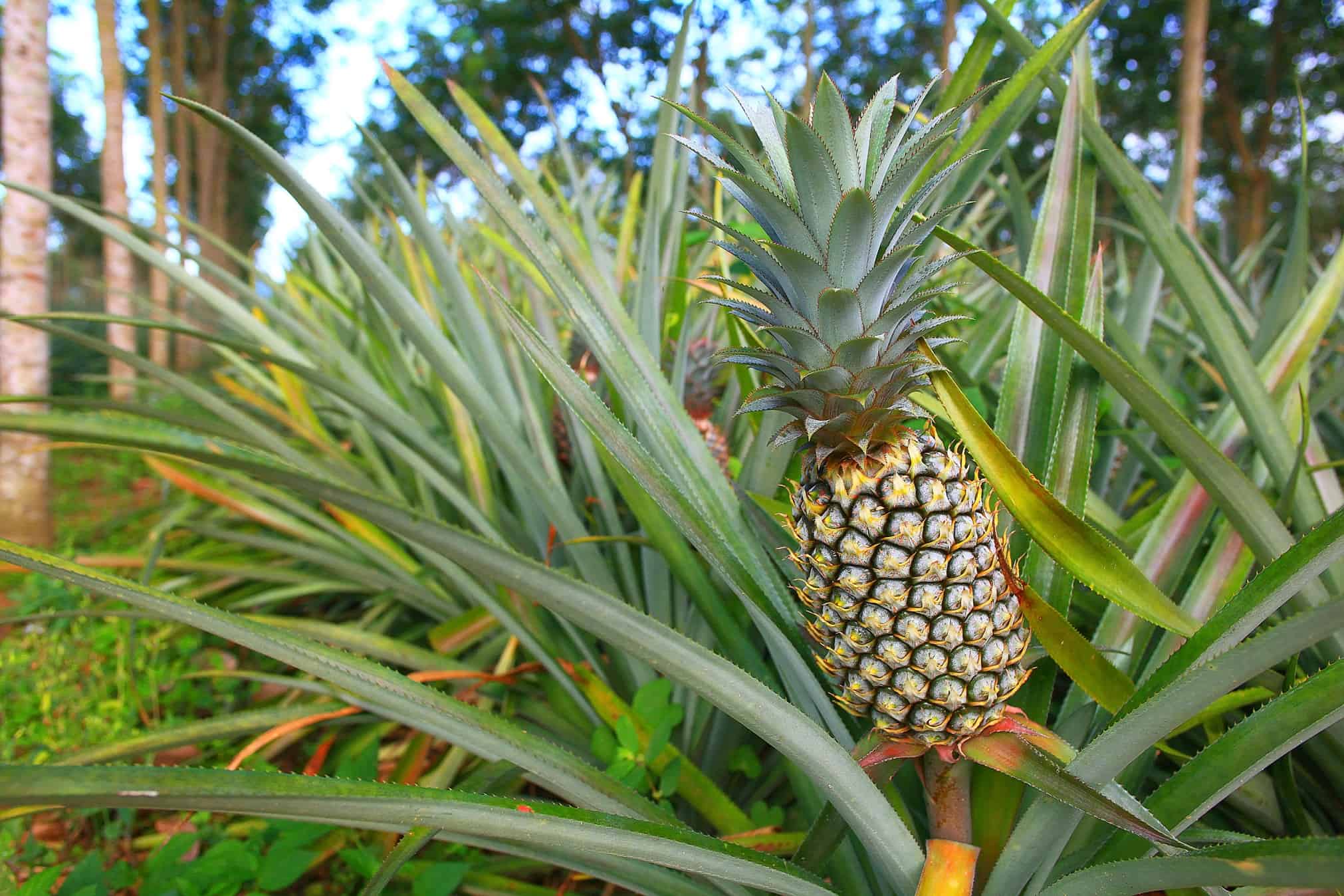
Use a sharp knife to cut the fruit from the stem, leaving about an inch of the stem still attached. Take care not to damage the fruit or the plant.
Keeping and Consuming
Bromeliad can be kept in the refrigerator for up to a week or at room temperature for a few days. Slice off the fruit’s skin before removing the top and bottom to prepare it for eating. Enjoy the fruit after cutting it into slices or bits.
Typical Issues and Solutions
Diseases and Pests
Pests and illnesses including mealybugs, scale insects, and root rot can affect bromeliad pineapples. Make sure the plant has excellent air circulation and avoids overwatering to stave off pests and illnesses.
Cultural Concerns
Pineapple may also be impacted by cultural factors like nutritional deficits. Make sure the plant is receiving enough nutrients and water, and refrain from applying fertilizer that has an excessive amount of nitrogen.
The Verdict
A tasty and distinctive fruit that can be cultivated in many different environments is the bromeliad pineapple. You can effectively develop and take pleasure in your own Bromeliad by paying attention to the advice provided in this article.
FAQs
Here are some FAQs:
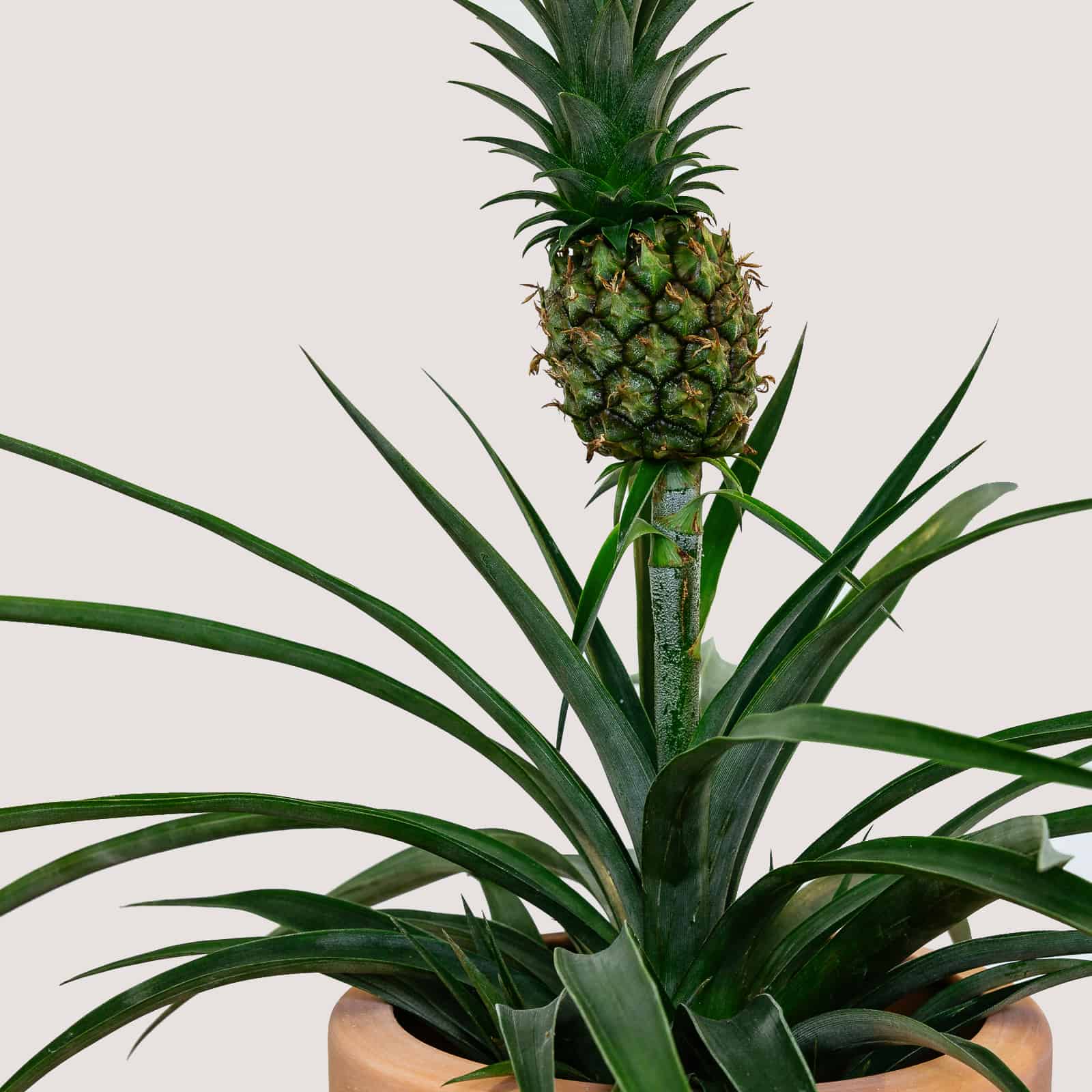
Can you grow bromeliad indoors?
Yes, bromeliad may be cultivated indoors as long as it has access to good soil & bright, horizontal light.
How long does it take the pineapple bromeliad to fruit?
Fruit production on pineapples normally takes 1-2 years.
Is it possible to grow bromeliad pineapple in containers?
As long as the container is big enough and has sufficient drainage, pineapples can be grown in containers.
What kind of cactus is the pineapple?
No, the Bromeliaceae includes Pineapple.
Is eating pineapple fruit a good idea?
The bromeliad pineapple is a wholesome fruit that is high in vitamin C and other nutrients and low in calories.
Read More: Passiflora Ligularis Benefits: Everything You Need to Know



